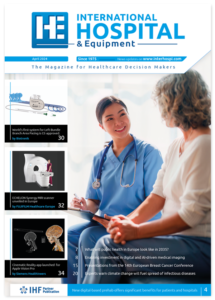Despite major efforts to keep operating rooms sterile, surgical wound infections remain a serious and stubborn problem, killing up to 8,200 patients a year in the U.S. A study by Columbia University Medical Center (CUMC) researchers suggests that narrow-spectrum ultraviolet (UV) light could dramatically reduce such infections without damaging human tissue.
Approximately 200,000 to 300,000 patients suffer surgical wound infections in the U.S. each year, accounting for $3 billion to $10 billion in health-care expenditures, the researchers report. Patients with surgical wound infections, compared with those without such infections, are 60 percent more likely to spend time in an ICU, are five times as likely to be readmitted to the hospital, have twice the mortality rate, have longer hospital stays, and have roughly double the total health-care costs.
Scientists have known for many years that UV light from a standard germicidal lamp (which emits a broad spectrum of wavelengths, from about 200 to 400 nanometers [nm]) is highly effective at killing bacteria; such lamps are routinely used to decontaminate surgical equipment.
‘Unfortunately, this UV light is also harmful to human tissue and can lead to skin cancer and cataracts in the eye,’ said study leader David J. Brenner, PhD, the Higgins Professor of Radiation Biophysics, professor of environmental health sciences, and director of the Center for Radiological Research at CUMC. ‘UV light is almost never used in the operating room during surgery, as these health hazards necessitate the use of cumbersome protective equipment for both surgical staff and patients.’
Dr. Brenner and his team hypothesised that a very narrow spectrum of UV light

